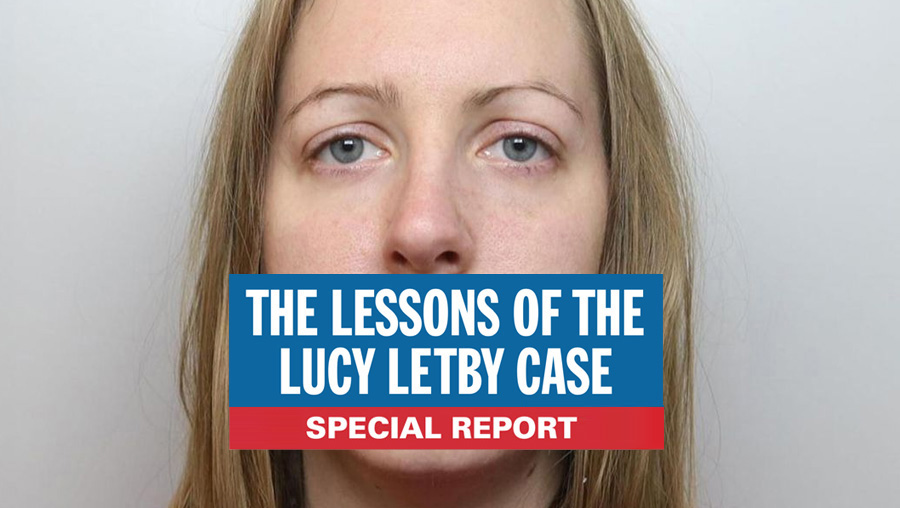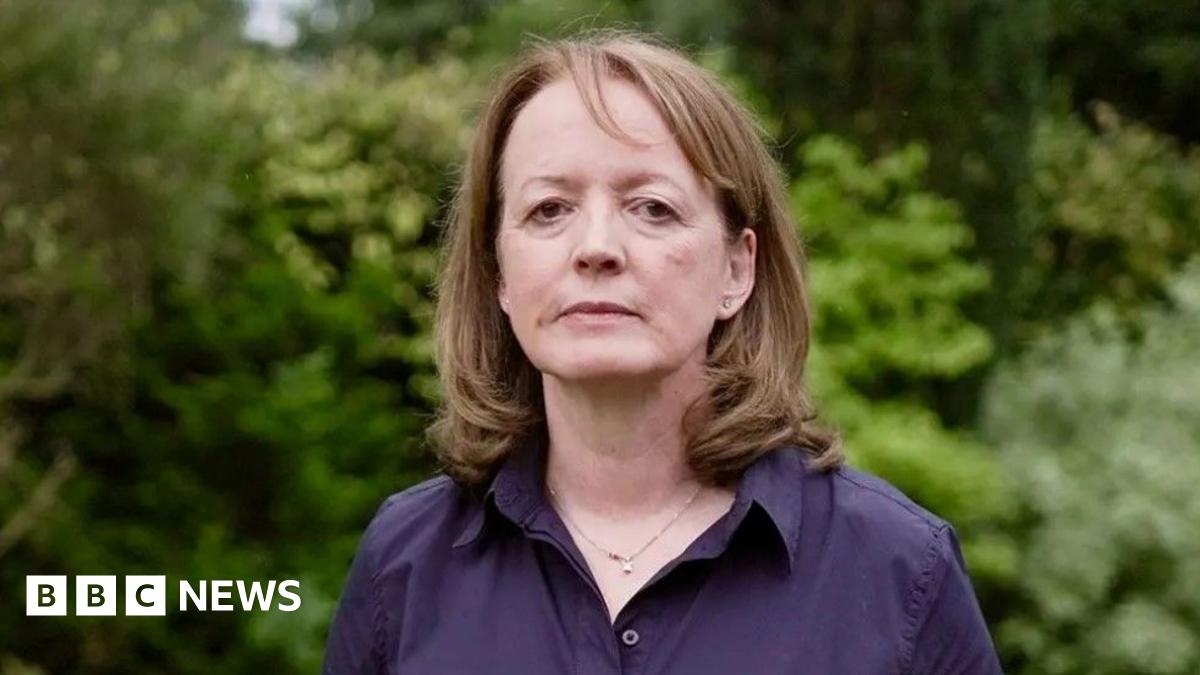The high level of deaths and an at least unlikely number occurring when Letby was on duty started the process. The problem with this is is with something like 500,000 doctors or nurses working in the NHS the chances are 1 or 2 will be associated with an unlikely number of deaths.the crucial question is why people started looking at the deaths to lead to anyone being suspected in the first place. the post match stats analysis saying half the deaths are ignored is missing the point that 1 person present for ~40% of deaths is, at the very least, extraordinarily unlikely. and present for several other anomolies in child care. and no one else suspected for those others cases. it is all rather circumstantial, and lacking real evidence, the case revolved around that. bottom line is there was murder, negligence, or a statistical freak. a lot of very expert people investigated and thought it was at very least one of the first two, the post match analysis seems to have fixed on the latter.
It’s a bit like a DNA match being 1 in a million could be viewed as there’s about 60-70 other people in the country who could be a match. Therefore if arrested on suspicion of a crime and then you’re a 1 in a million DNA match then the evidence is quite compelling. But if you start with a DNA match from a database and no other link to the crime the evidence is not very compelling.
That’s probably a poor analogy and the articles in this link explain it much better.

Special Report: The Lessons of the Lucy Letby Case
After Lucy Letby was convicted in August 2023 of murdering seven babies, a number of experts contacted Eye columnist MD because theywww.private-eye.co.uk


